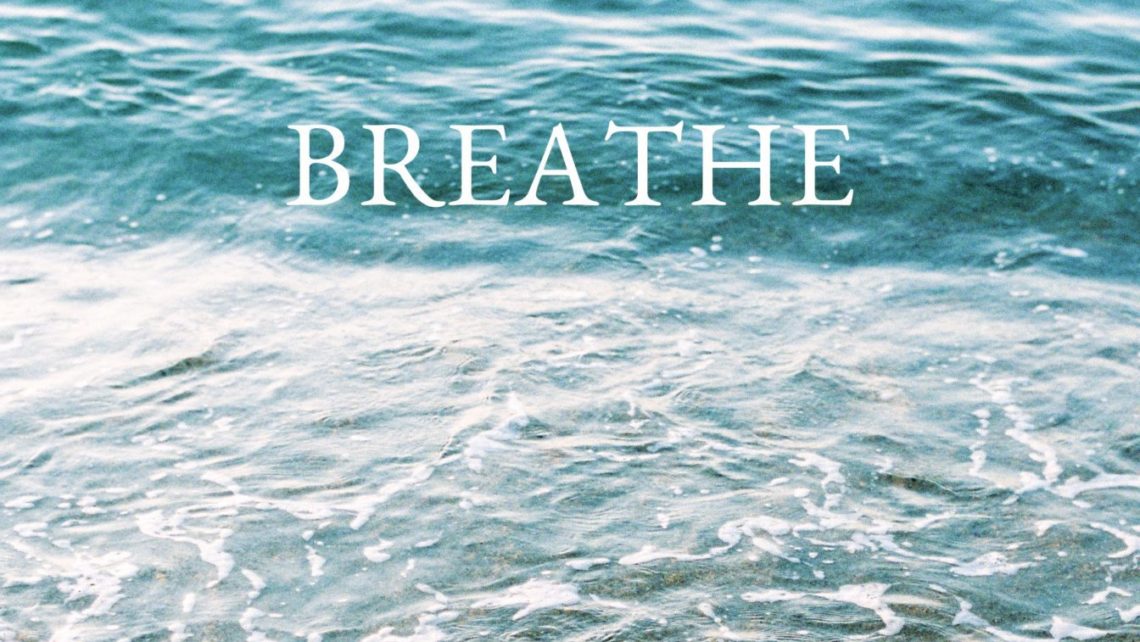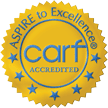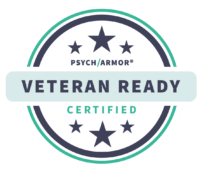How Breathwork Improves Your State of Being: Interview with Chad Steinetz
 When Chad Steinetz was just 13, he developed an addiction to prescription opiates after a serious chest injury. Within 10 years, substance use disorder (SUD) completely monopolized his life. He was using heroin regularly, struggling with mental health issues, and lying to, manipulating, and stealing from his family.
When Chad Steinetz was just 13, he developed an addiction to prescription opiates after a serious chest injury. Within 10 years, substance use disorder (SUD) completely monopolized his life. He was using heroin regularly, struggling with mental health issues, and lying to, manipulating, and stealing from his family.
“Eventually, after a long string of heartbreaking betrayals and thefts, my family separated themselves from my life,” Steinetz says. “They told me they were going to pursue serious criminal charges for my behavior if I didn’t admit into a drug rehabilitation center of their choosing.”
What happened next enabled Steinetz to write what he calls “a new book of life.” Currently the national clinical outreach representative for Summit BHC (the parent company of Seabrook), he embodies all the possibilities of recovery.
One Big Push
Many families know the devastation of SUD all too well. They often feel helpless as their loved one sinks below the water again and again. But Steinetz says his mother researched and vetted outpatient and inpatient rehabilitation programs with dogged determination. As a New Jersey resident, she chose Seabrook in Bridgeton “as the best opportunity to save my life.”
He entered treatment in February 2017. For him, the staff “lit a fire of recovery” that he’s eternally grateful for and remembers the investment of each employee to ensure his well-being. “However, as caring as they all were, they made sure to never give in to the manipulation tactics I utilized for so many years. The schedule was jam-packed and every day, I was constantly moving from group to group [of various] experiential and therapeutic modalities,” he says. “The fact that Seabrook kept me busy all day allowed me to stay out of my own head.”
The Seabrook staff also heavily recommended extended aftercare. “No matter how many times I said no, they kept trying to encourage me to do something different with my life,” Steinetz adds. “I remember the positivity and optimism the staff embodied, and how it made such a difference during one of the hardest times in my entire life. They saw the light inside their patients—even when those patients couldn’t see it themselves—knowing that one day they’d discover their own true potential and do extraordinary things with their lives.”
On his first day of outpatient treatment, he learned a valuable coping skill that’s not only the foundation of his daily recovery routines and rituals, but also a technique he shares widely with others to help reinforce emotional and mental stability.
The Power of Breathwork
Breathwork, Steinetz says, is the ancient practice of controlling breath in a multitude of ways to achieve emotional regulation and spiritual clarity. These techniques have been used for centuries by people in all walks of life. Here are some you might be familiar with:
- Rhythmic Lamaze breathing relaxes expectant parents and prepares them for childbirth.
- Tibetan Buddhist monks practice tummo, a combination of breathing and meditation.
- In yoga, it’s common for practitioners to use breath control methods, also known as pranayama.
The autonomic nervous system allows us to breathe, so we rarely give the process a second thought unless we have a problem with airflow. This is precisely why focused, controlled breathing exercises have so much power over our energetic state. When Steinetz first tried it, he noticed an immediate difference.
“I was still so angry and uncomfortable in my sobriety and didn’t know if I was going to make it. Several group facilitators came in to teach a version of breathwork that was described as providing a cathartic and spiritual experience,” he says. “Within minutes I had a feeling of comfort in my body and mind that I had never known.”
By the end of the breathing meditation, he says he was excited for the “what ifs” of recovery. He describes “the true beauty of clarity, allowing me to see that my life was an unwritten book, waiting for me to live it to the fullest.”
Steinetz encourages people to consider breathwork as an essential tool for managing recovery, stress, and mental illness, because by learning to control the way we breathe, we can heavily influence the way we feel.
“Breath always comes before emotion. When we’re panicked, our breaths become shallow, and when we’re angry, they’re cumbersome. And often with anxiety, we hold our breath without realizing it,” he says. “When we learn to breathe properly, we take ownership of our feelings. It’s absolutely incredible what breathing can do for us, especially when we speak of breathwork that allows us to oxygenate our blood and brains and give us relief from negative thoughts.” And science agrees: certain studies point to the many benefits of slow, controlled breathing.
Steinetz was so convinced by the power of the practice that he became a certified instructor of breathwork methods by David Elliott. He facilitates private sessions that combine breathing with visualization and grounding exercises. “Once we begin breathing, I’m there only to guide and hold space as those engaged travel through the breath to work on themselves.”
Breathwork Techniques to Try
Breathwork methods are easy to learn, often free, and take very little time. Steinetz encourages you to try these two techniques.
Two Inhales, One Exhale
This is easy to do because it lets you breathe like you normally would with just a slight adjustment to the amount of air you take in. All breaths are in and out through the mouth.
- Lay flat on your back with your palms up by your side and let tension in your body fade away. “I recommend listening to relaxing music you enjoy,” Steinetz says.
- The first inhale is a deep belly inhale that fills your stomach with air (like filling a balloon). With that air still filling your stomach, take another inhale high into your chest as you feel your diaphragm (the organ beneath the stomach) shift upwards.
- Then exhale, letting it all go with a gentle sigh and begin the pattern again.
Repeat this pattern for 14–20 minutes. “You may feel tingling or vibrations in your hands, arms, and face. You may also see vibrant colors if your eyes are closed,” he says. “Then, at the end of your practice, take the deepest inhale you can and hold it for as long as you feel comfortable. Once you release this breath, engage in a period of 7–10 minutes of silent self-reflection.”
Square Breathing
Many people like this method because of its non-complicated pattern that makes it easy to remember and practice, especially before sleep. This technique is best practiced with all breaths through the nose.
- Start by breathing in for 5 seconds.
- Now pause, holding that breath for 5 seconds.
- Allow for a 5 second exhale.
- Then pause again for 5 seconds.
Repeat this cycle 3–6 times. If holding your breath is uncomfortable at first, only hold for a short count of 2 before moving on. “Doing this breath relieves tension in your body and mind when the stresses of the day are becoming heavy,” Steinetz says. “It’s a powerful tool used to slow down and relax our breathing.”
He adds that if you’re interested in learning more about breathwork beyond these exercises, he recommends reading The Reluctant Healer by David Elliott, and using YouTube to find additional breathwork mediations, like this one or this one.
A Story of Hope
Steinetz stresses that he wouldn’t be where he is today if not for what he learned to model from the Seabrook staff, recalibrating both personal and professional aspects of his life.
“I carry that spirit of hope with me in all of my endeavors. Every year on my sobriety birthday, I pay thanks to Seabrook, as the way they approached treatment—with compassion and understanding—inspired me to work in this field.”
Ready to take a breath and move forward with better chapters in your life’s story? At Seabrook’s four locations in New Jersey, there’s a comprehensive focus of medical and holistic evidence-based practices that can help. Ask us how.




